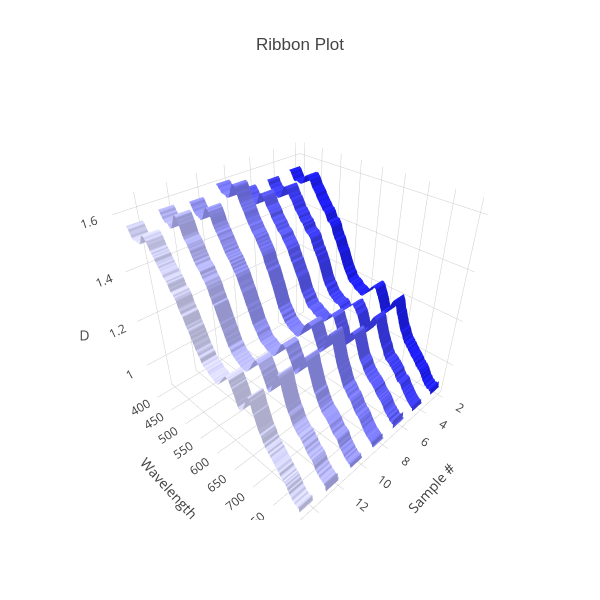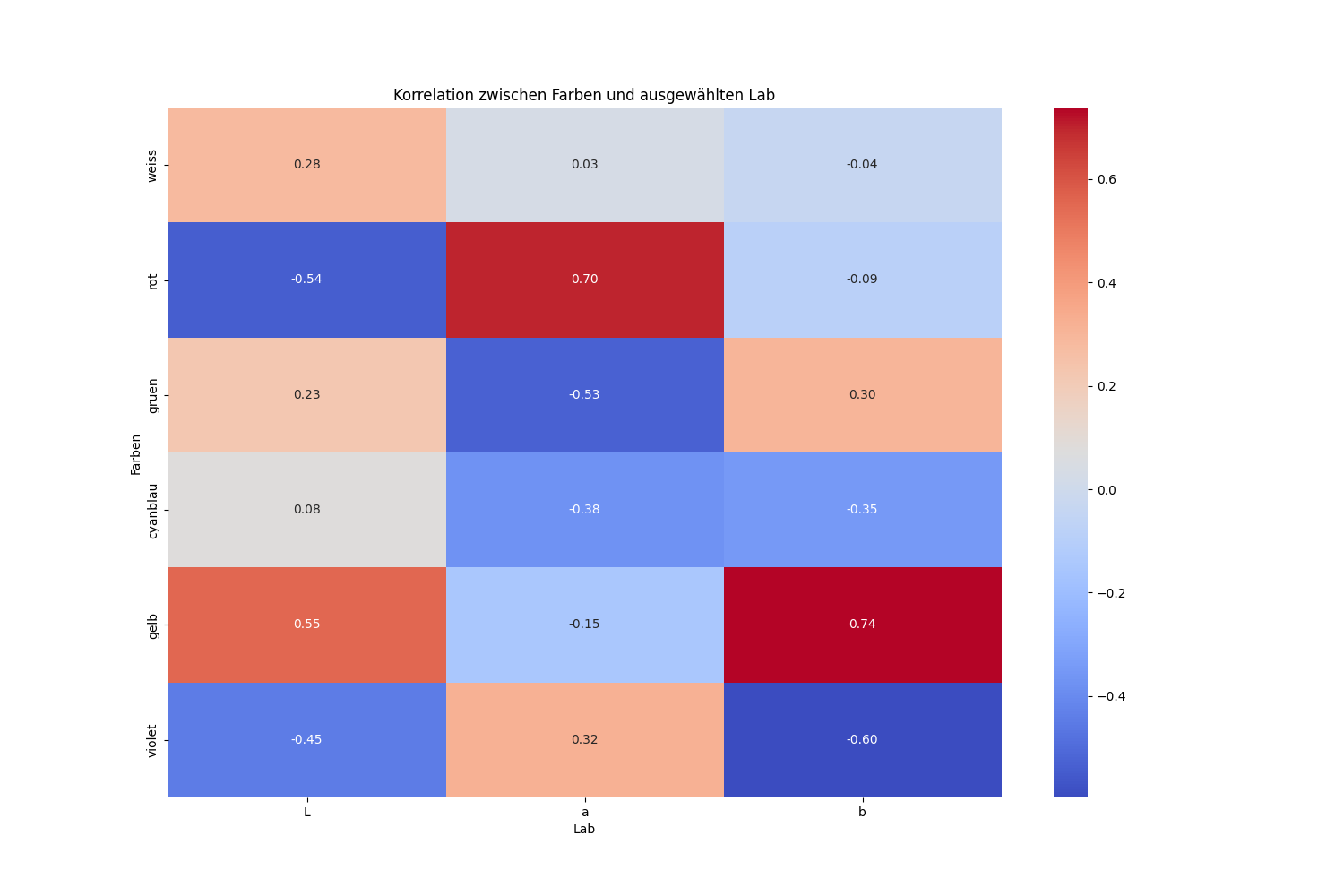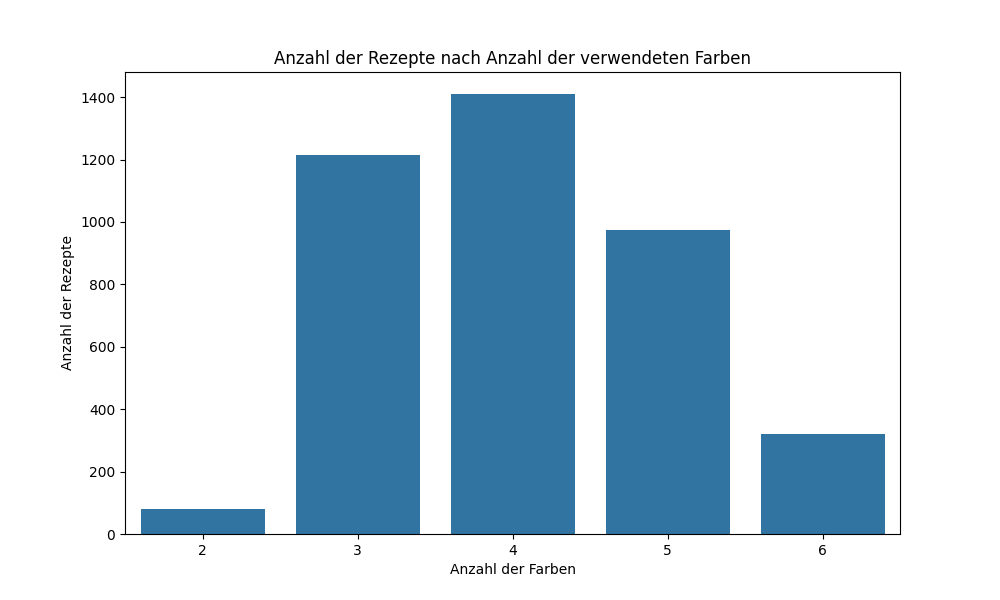AI Potential for Precise Color Formulation: Our Feasibility Study
Discover how we successfully applied Deep Learning to predict color results in complex formulations – evidence of our AI expertise for your specific challenges.

The Hurdles of Color Formulation: Time, Costs, Complexity
Developing precise color formulations, especially in regulated industries like pharmaceuticals or for demanding coatings, is traditionally an iterative and resource-intensive process. Challenges include:
- Long Development Cycles: Many manual mixing, application, and measurement steps are necessary.
- High Costs: Material consumption and valuable lab time quickly add up.
- Subjectivity & Expertise: Results heavily depend on the experience of personnel.
- Non-Linear Behavior: Color mixtures often behave unpredictably.
- Difficult Reproducibility: Batch variations and process variations make consistent results challenging.
ColAI Feasibility Study: Can AI Optimize Color Formulation?
To evaluate the potential of Artificial Intelligence for these challenges, we conducted the "ColAI" feasibility study. The goal was to investigate the ability of deep learning models to accurately predict color results.
This involved creating a dataset of 4,000 systematically generated color formulations and their precisely measured color metrics (especially remission spectra). Building upon this valid data basis, we developed and tested various AI approaches.

Data Expertise: Why Remission Data Outperforms CIELAB
A central question was which type of color data provides the best input for AI models. Our study compared the prediction accuracy when using common CIELAB values versus detailed spectral remission data.
The result is clear: Models trained with remission data achieved significantly higher accuracy in formulation prediction (R² > 0.97) compared to models using only CIELAB values (R² ≈ 0.82).
Your Implication: We understand which data is crucial for precise AI models in colorimetry and how it needs to be prepared – an essential foundation for successful AI projects.

Modeling Expertise: Accurate Prediction of Formulation Results
The core of our study was the development of the Rec2CM model. This neural network is trained to accurately predict the resulting remission spectrum from a given color formulation (pigment weights).
Validation showed excellent model quality (R² > 0.98 for spectrum prediction) and minimal prediction errors without systematic biases.
Your Implication: We hereby demonstrate our ability to develop robust and validated deep learning models for complex scientific and technical predictions.

Practical Relevance: AI Models Considering Constraints
Pure prediction models are only part of the solution. In practice, boundary conditions often need to be met (e.g., no negative weights, exclusion of certain raw materials, adherence to total amounts).
We have successfully evaluated methods to directly integrate such constraints into the AI optimization process (e.g., via adapted loss functions). This allows for the generation of practically feasible formulations that meet specific requirements – for example, predicting formulations with minimal color difference (Delta E) even when certain pigments are forbidden.
Your Implication: Our AI approaches are flexible and can be adapted to your specific production and quality requirements.
Solid Foundation: Technology & Scientific Methodology
This study utilized modern AI technologies such as Deep Learning (Neural Networks) implemented in Python (including PyTorch, Scikit-learn). Model development followed scientific standards, including systematic data generation, hyperparameter optimization (e.g., with Optuna), and careful validation of the results.
Your Potential: Leverage Our AI Expertise for Your Goals
The ColAI study impressively demonstrates the potential of AI to optimize color formulation. We have shown that we can:
- Understand and model complex, non-linear processes.
- Possess expertise in handling specific data (such as spectral data).
- Develop and validate customized, highly accurate AI models.
- Integrate practical constraints into AI solutions.
Imagine what would be possible with an AI solution specifically tailored to your data, your materials, and your processes:
- Significant reduction in development times and costs.
- Improved consistency and quality of your color products.
- Faster response to new color trends or material changes.
- Optimization of raw material usage.
Proof-of-Concept: The Rec2CM Model in Action
Step One: Set sample color
Ready to Unlock Your Individual AI Potential in Color Management?
Our ColAI study is proof of our capabilities. Let's discuss how we can develop a customized AI solution tailored exactly to your needs.